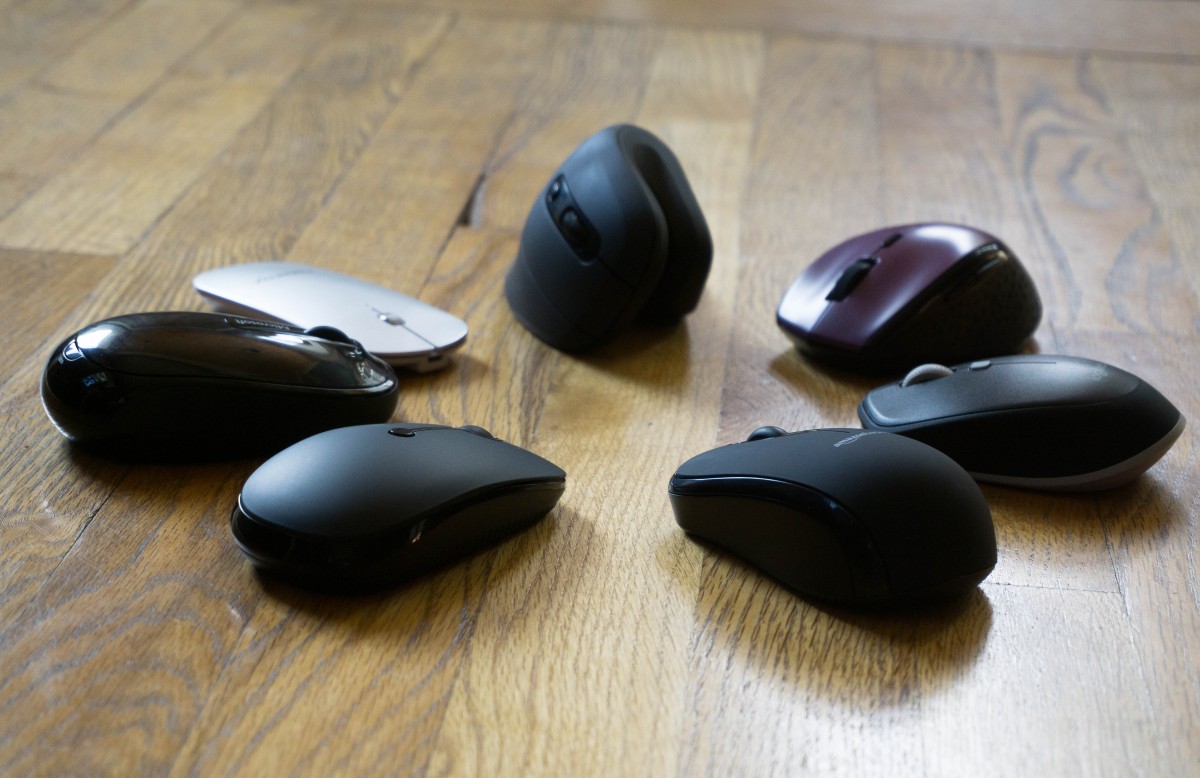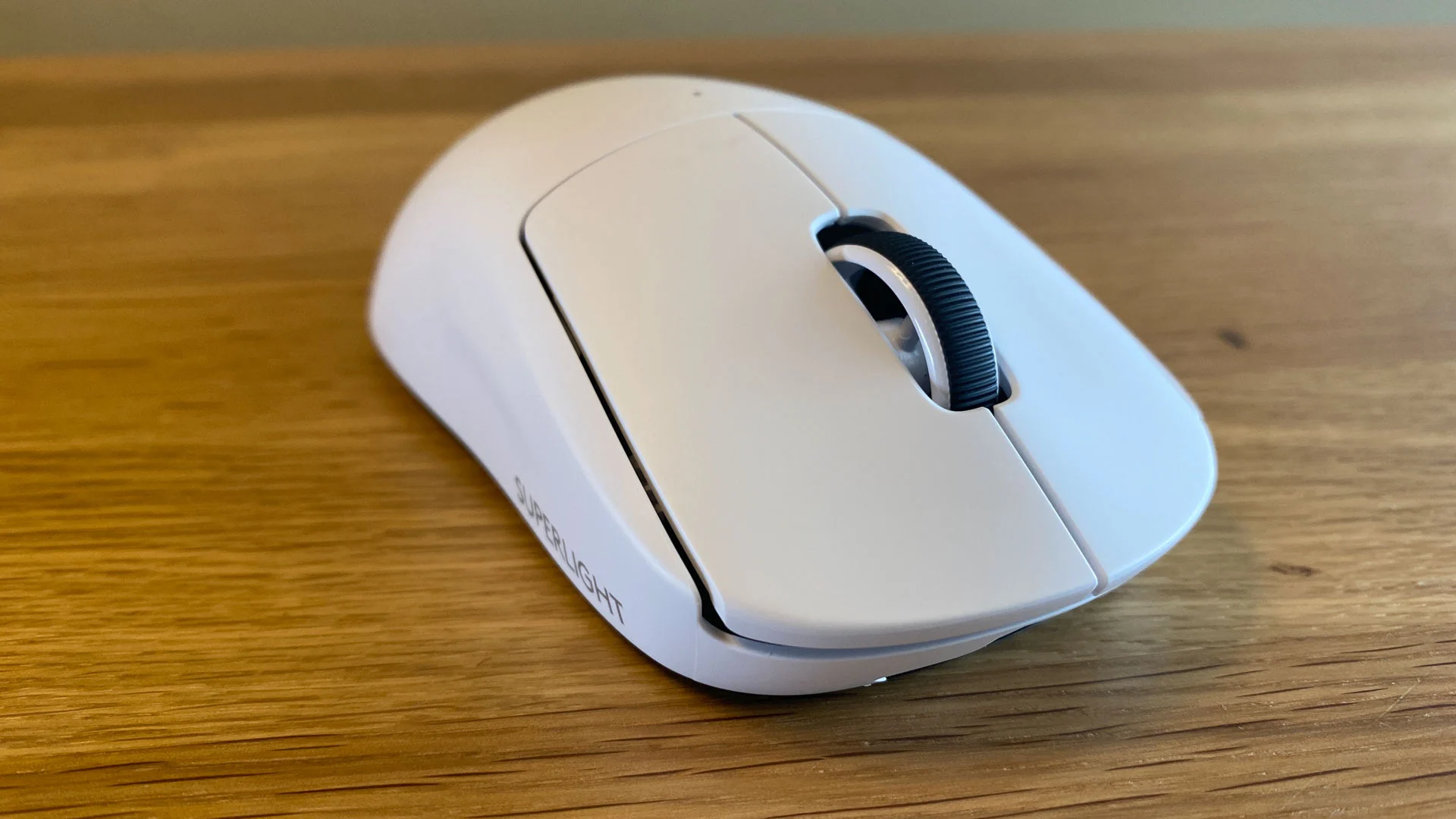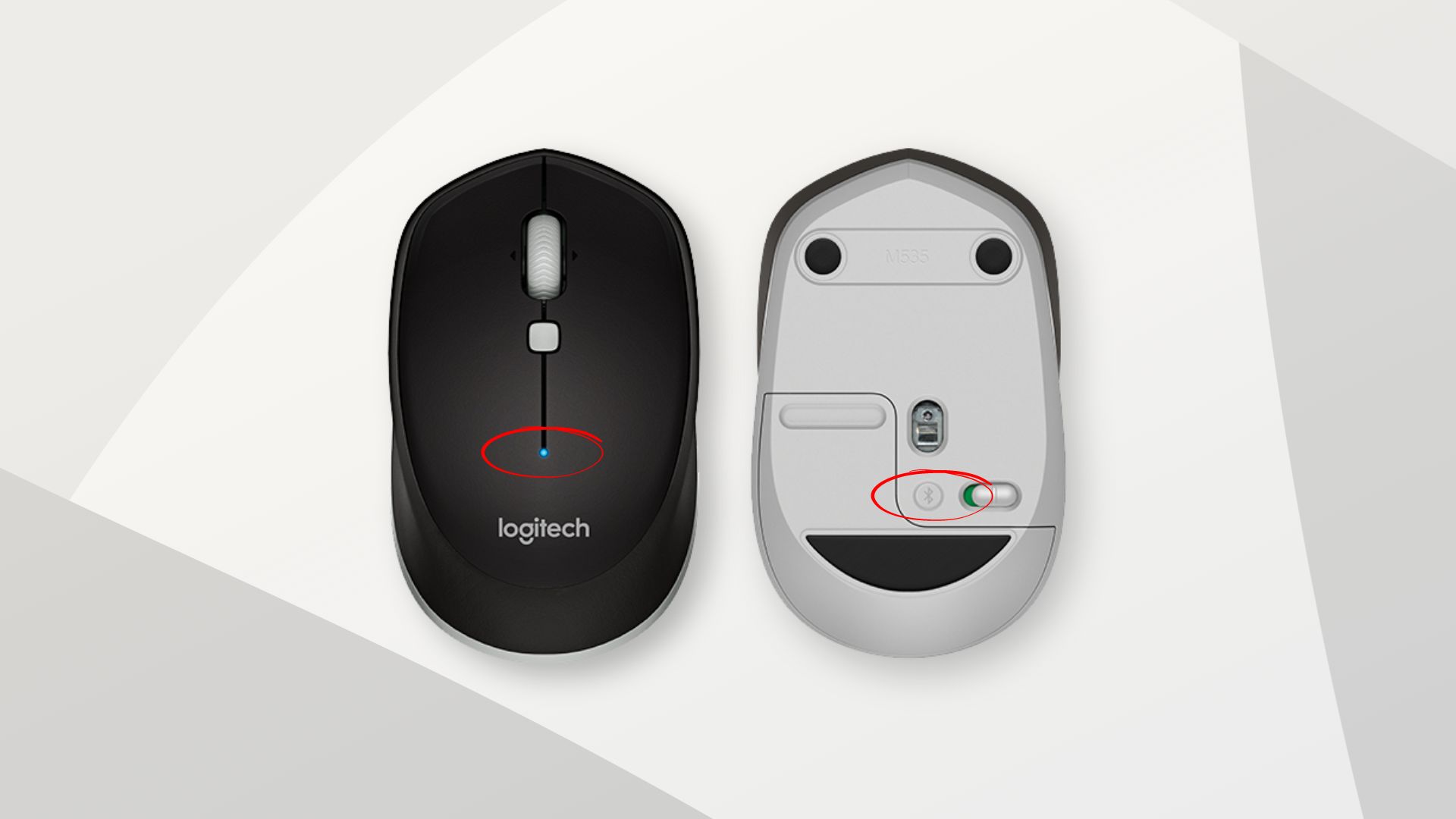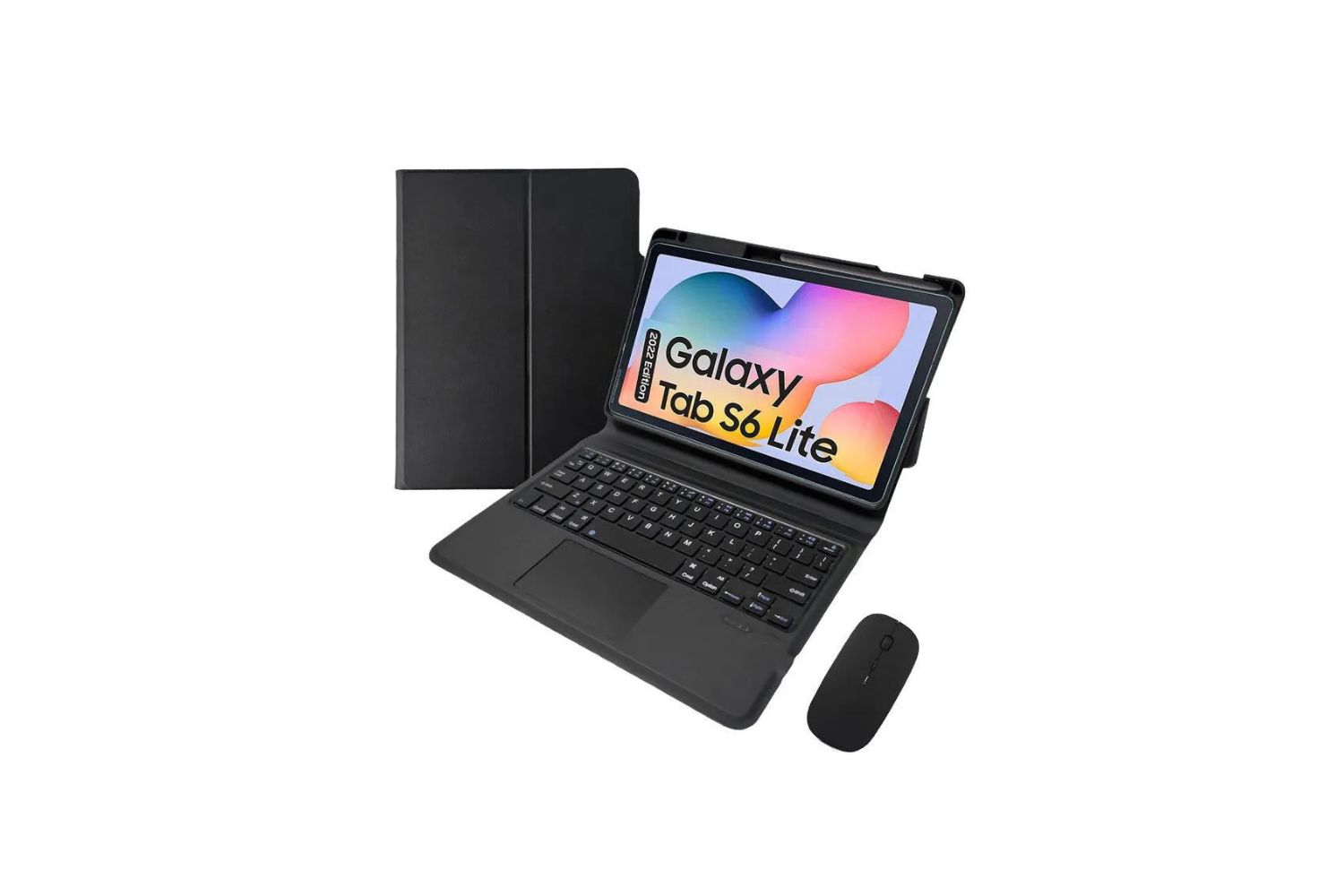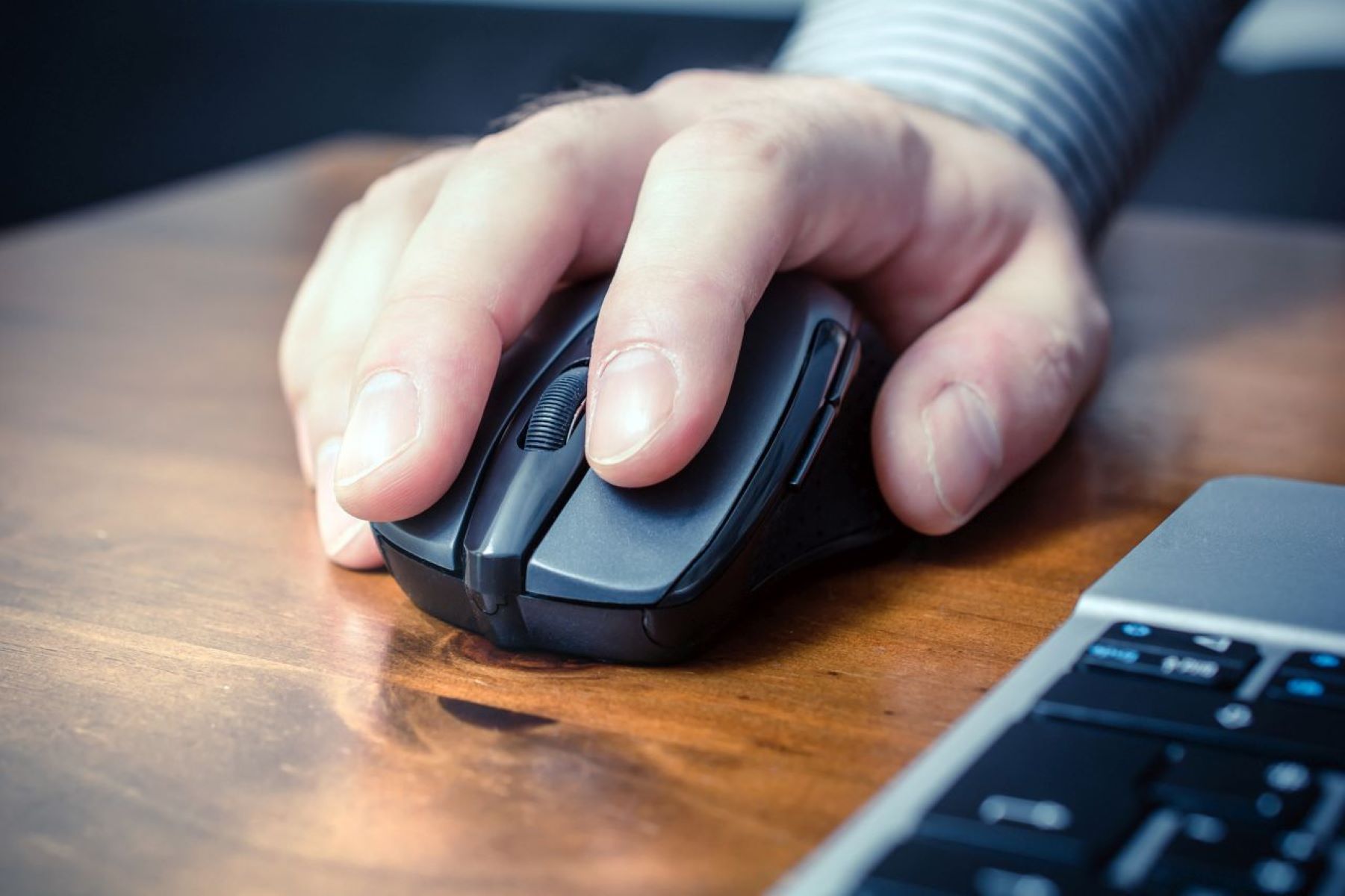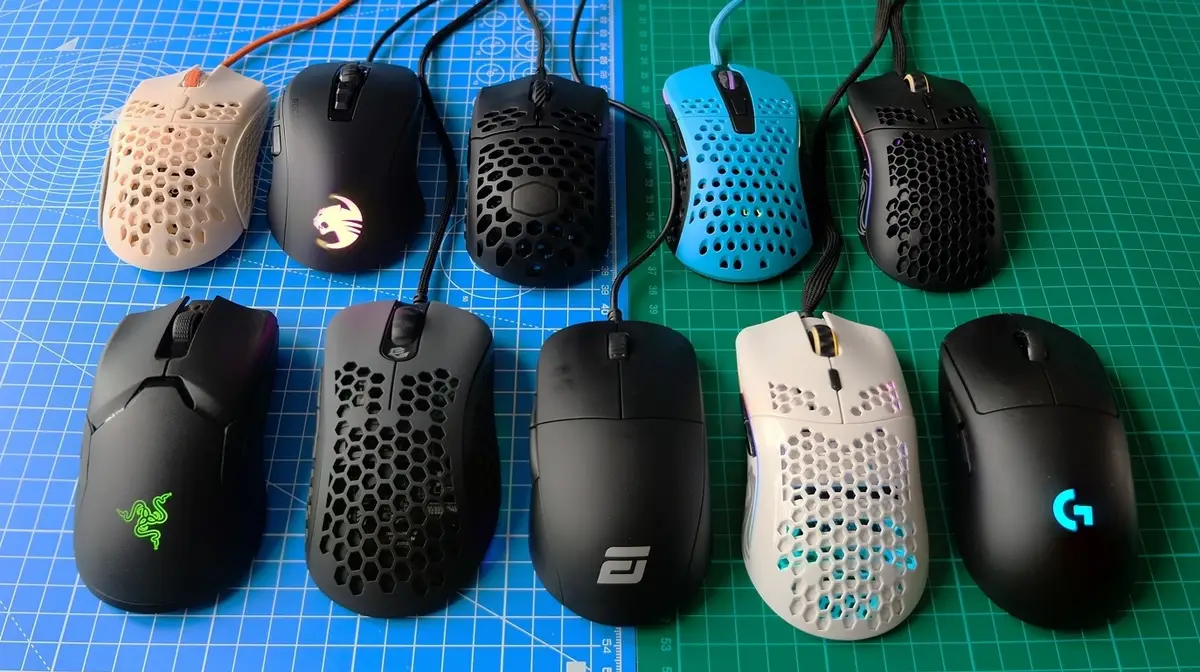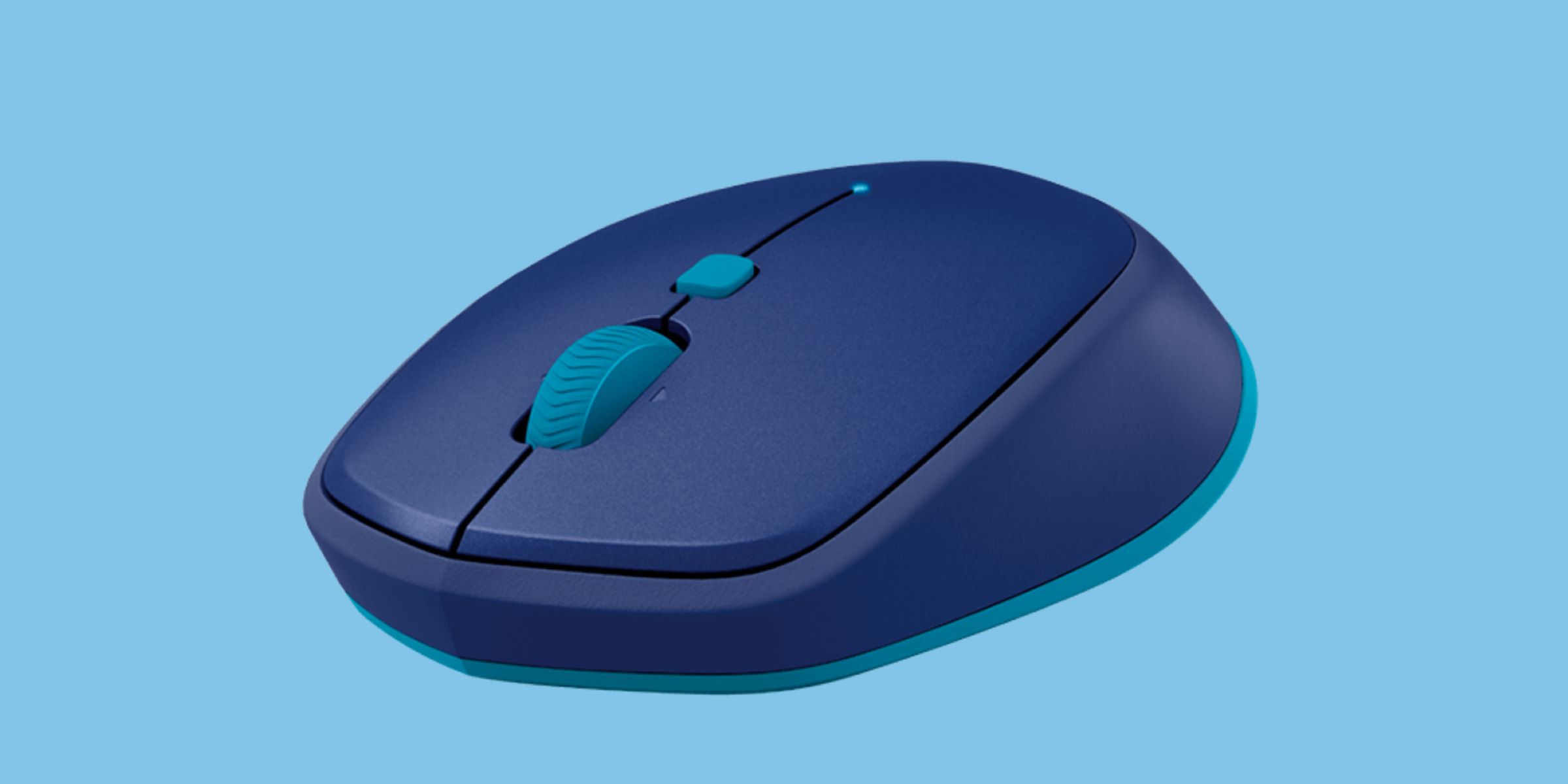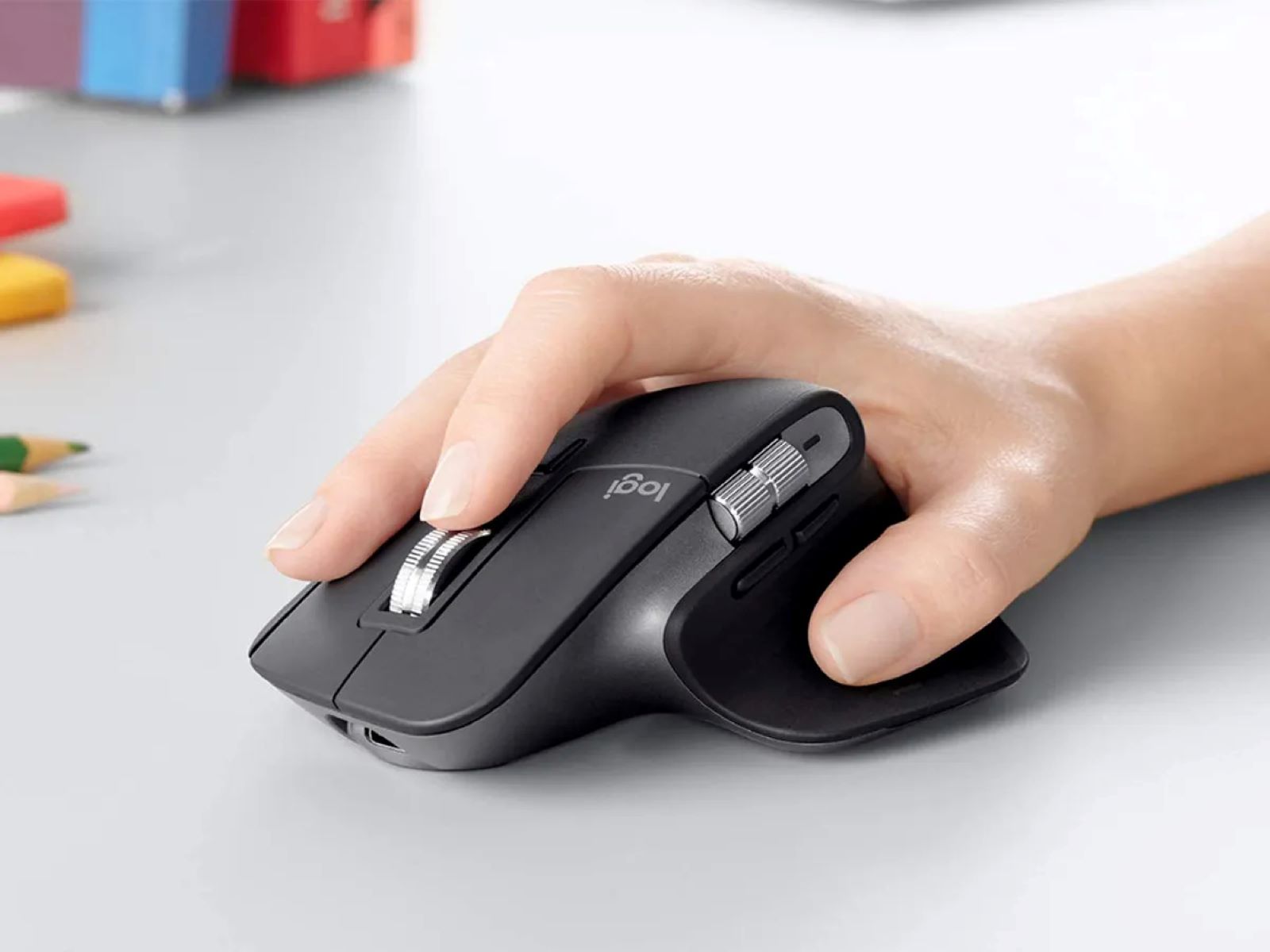Introduction
Bluetooth technology has revolutionized the way we connect our devices, making it easier than ever to wirelessly connect peripherals such as mice. Gone are the days of tangled cables on your desk. With a Bluetooth mouse, you can enjoy the freedom and convenience of a wireless connection.
Connecting a Bluetooth mouse to your device is a straightforward process that requires a few simple steps. Whether you’re using a laptop, desktop, or tablet, the following guide will walk you through the process of connecting a Bluetooth mouse.
In this tutorial, we will provide you with a step-by-step guide on how to connect your Bluetooth mouse to your device. We will cover the necessary actions you need to take, such as checking Bluetooth compatibility, turning on Bluetooth, and putting your mouse in pairing mode. By following these steps, you can effortlessly set up your Bluetooth mouse and start enjoying the benefits it offers.
So, if you’re ready to ditch the cords and experience the freedom of a Bluetooth mouse, let’s dive into the tutorial and get you connected in no time!
Step 1: Check Bluetooth Compatibility
Before attempting to connect your Bluetooth mouse, it is crucial to ensure that your device supports Bluetooth connectivity. Most modern laptops, desktops, and tablets come equipped with Bluetooth functionality, but it’s always a good idea to verify.
To check if your device is Bluetooth compatible, follow these steps:
- 1. Open the settings menu on your device. This can usually be done by clicking on the “Start” button and selecting “Settings” or by searching for “Settings” in the search bar.
- 2. Look for a category or section labeled “Devices.” Click on it to open the device settings.
- 3. Within the device settings, look for an option related to Bluetooth. This might be called “Bluetooth & other devices” or simply “Bluetooth.”
- 4. If you see a Bluetooth option, your device is Bluetooth compatible. If not, your device may not have Bluetooth capabilities.
If your device is not Bluetooth compatible, don’t worry. You have a couple of options. You can either purchase a Bluetooth adapter to add Bluetooth functionality to your device or look for alternative wireless connectivity options such as a USB receiver for your mouse.
Once you have confirmed that your device supports Bluetooth, you can proceed to the next step: turning on Bluetooth.
Step 2: Turn on Bluetooth on Your Device
Now that you have confirmed that your device is Bluetooth compatible, the next step is to enable Bluetooth functionality. This will allow your device to search for and connect to Bluetooth devices such as your mouse. Follow the instructions below to turn on Bluetooth on your device:
- 1. Open the settings menu on your device.
- 2. Look for the category or section labeled “Devices” or “Bluetooth & other devices.”
- 3. Within the Bluetooth settings, you will typically find a switch or button to toggle Bluetooth on or off. Make sure the switch is in the “On” position or the button is pressed to turn on Bluetooth.
- 4. Once you have turned on Bluetooth, your device will start scanning for nearby Bluetooth devices.
Note: The steps to enable Bluetooth may slightly vary depending on your device’s operating system and interface.
After turning on Bluetooth, it’s time to put your Bluetooth mouse in pairing mode. Proceed to the next step for further instructions.
Step 3: Put Your Mouse in Pairing Mode
Before your device can connect to your Bluetooth mouse, you need to put the mouse in pairing mode. Pairing mode allows your mouse to be discoverable and ready to establish a connection with your device. Here’s how you can put your mouse in pairing mode:
- 1. Check the user manual: Every Bluetooth mouse has a specific method to enter pairing mode. Refer to the user manual that came with your mouse for the exact steps. The manual will typically provide instructions on how to activate pairing mode, which may involve pressing a combination of buttons or toggling a switch.
- 2. Look for LED indicators: Some Bluetooth mice have LED lights that indicate the pairing mode. Consult the user manual or look for a flashing or steady LED light on your mouse to determine if it is in pairing mode.
- 3. Wait for the mouse to enter pairing mode: Once you’ve followed the necessary steps or observed the LED indicators, give your mouse a few moments to enter pairing mode. This is usually indicated by a steady or flashing light on the mouse.
It’s important to note that different mouse models may have different processes for entering pairing mode. If you’re unsure, refer to the user manual or visit the manufacturer’s website for specific instructions.
Once your mouse is in pairing mode, you’re ready to move on to the next step: searching for available devices on your device.
Step 4: Search for Available Devices
With your Bluetooth mouse in pairing mode, it’s time to search for available devices on your device. By searching for available devices, you allow your device to detect and display the Bluetooth mouse as an available option for connection. Follow these steps to search for available devices:
- 1. Open the Bluetooth settings menu on your device. This can usually be found in the “Devices” or “Bluetooth & other devices” section of your device’s settings.
- 2. Within the Bluetooth settings, click on the option to “Search for devices” or “Add a device.” Your device will start scanning for nearby Bluetooth devices, including your mouse.
- 3. Wait for the scanning process to complete. This may take a few seconds or longer, depending on your device and the number of nearby Bluetooth devices.
- 4. Once the scanning process is complete, your Bluetooth mouse should appear in the list of available devices. It may be listed as the model name of the mouse or a generic name such as “Mouse” or “Bluetooth Mouse.”
If you do not see your Bluetooth mouse in the list of available devices, ensure that your mouse is still in pairing mode and within range of your device. You may need to repeat the steps to put your mouse in pairing mode.
Once your Bluetooth mouse appears in the list of available devices, you’re ready to connect to it. Move on to the next step for instructions on connecting to your Bluetooth mouse.
Step 5: Connect to Your Bluetooth Mouse
Now that you have found your Bluetooth mouse in the list of available devices, it’s time to establish a connection between your device and the mouse. Follow these steps to connect to your Bluetooth mouse:
- 1. From the list of available devices, click on your Bluetooth mouse. This will prompt your device to initiate the pairing process.
- 2. Your device may display a pairing code on the screen. If this happens, compare the pairing code on your device with the code displayed on your mouse, if applicable. If they match, proceed with the connection.
- 3. If prompted, confirm the pairing of your Bluetooth mouse on your device. This step may differ depending on your device’s operating system and interface. Follow the on-screen instructions to complete the connection.
- 4. Once the connection is established, your device will display a message indicating a successful pairing with the Bluetooth mouse.
At this point, your Bluetooth mouse should be connected to your device, and you can start using it immediately. The mouse cursor should move as you move the mouse, and any additional features or buttons on the mouse should be functional.
If the connection fails or you experience any difficulties, you may need to repeat the previous steps, ensure that your device’s Bluetooth is turned on, or restart your device and try again.
Now that you’re connected to your Bluetooth mouse, it’s time to test the connection and ensure that everything is working correctly. Let’s move on to the next step for testing instructions.
Step 6: Test Your Bluetooth Mouse Connection
After successfully connecting your Bluetooth mouse to your device, it’s important to test the connection to ensure that everything is working as expected. Testing the connection will help you verify that the mouse is responsive and all its functions are functioning correctly. Follow these steps to test your Bluetooth mouse connection:
- 1. Move the mouse: Move the Bluetooth mouse around on your desk or mousepad. Check if the cursor on your screen moves accordingly. If the cursor responds to the movement of the mouse, it indicates that the connection is working properly.
- 2. Click the buttons: Test the left and right buttons on your Bluetooth mouse by clicking them. Ensure that the corresponding actions occur on your device, such as opening applications, selecting items, or performing other functions.
- 3. Test additional features: If your Bluetooth mouse has additional features such as a scroll wheel or extra buttons, test their functionality. Scroll through documents or web pages using the scroll wheel, and check if the additional buttons perform their designated functions.
- 4. Check the battery level: If your Bluetooth mouse is powered by batteries, it’s a good idea to check the battery level. Most Bluetooth mice have an indicator light or an app that shows the battery status. Make sure the battery level is sufficient to avoid any interruptions in use.
If you encounter any issues during the testing process, such as unresponsiveness or erratic mouse movement, try the following troubleshooting steps:
- – Ensure that the Bluetooth connection between your device and mouse is stable by keeping them within the recommended range and minimizing possible interference.
- – Update your device’s Bluetooth driver or firmware to the latest version to ensure compatibility and resolve any known issues.
- – Restart your device and reconnect the Bluetooth mouse.
- – Replace the batteries in your Bluetooth mouse, if applicable.
By following these testing steps and troubleshooting tips, you can ensure that your Bluetooth mouse is functioning correctly and ready to enhance your productivity and convenience.
Conclusion
Connecting a Bluetooth mouse to your device can provide you with a seamless and clutter-free computing experience. By following the steps outlined in this guide, you can easily connect your Bluetooth mouse and start enjoying the flexibility and convenience it offers.
Throughout this tutorial, we covered the essential steps to connect your Bluetooth mouse, including checking Bluetooth compatibility, turning on Bluetooth, putting your mouse in pairing mode, searching for available devices, connecting to your Bluetooth mouse, and testing the connection.
Remember, if your device is not Bluetooth compatible, you can explore alternative options such as purchasing a Bluetooth adapter or using a USB receiver for your mouse. Always consult the user manual or manufacturer’s instructions for specific steps on your particular Bluetooth mouse model.
With your Bluetooth mouse successfully connected, you can now navigate your device with ease and precision. The freedom and flexibility of a wireless mouse will enhance your productivity, whether you’re working, gaming, or simply browsing the web.
If you encounter any difficulties during the setup process, don’t hesitate to refer back to this guide or seek assistance from the manufacturer’s support team. With a little patience and troubleshooting, you can overcome any obstacles and enjoy the benefits of your Bluetooth mouse.
Now, go ahead and enjoy the convenience and freedom of a wireless Bluetooth mouse as you navigate your device effortlessly!









